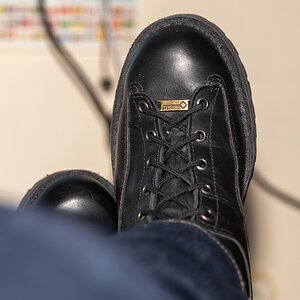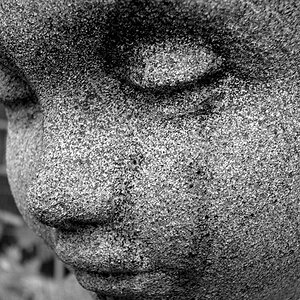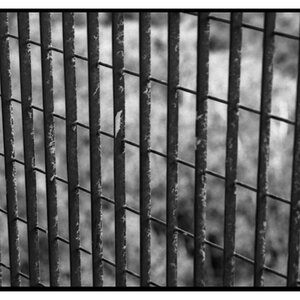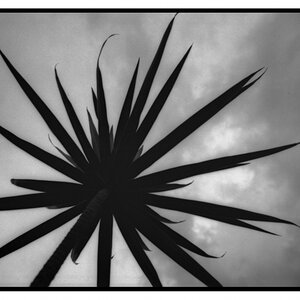- Joined
- Aug 27, 2012
- Messages
- 2,289
- Reaction score
- 661
- Location
- Orlando, FL
- Can others edit my Photos
- Photos OK to edit
On a manual focus lens, how do you know if you missed the focus because you moved at the last second, your eyes are off, or it was the lens fault? By the lens fault, I mean, is there anyway it can look in focus through the view finder, but NOT be in focus on that actual photo?
I can see on this photo the focus in on the leaf under the butterfly...

I can see on this photo the focus in on the leaf under the butterfly...











![[No title]](/data/xfmg/thumbnail/37/37607-69784b19e25bd0ba68e92ff4cfdfa8ff.jpg?1619738148)
![[No title]](/data/xfmg/thumbnail/37/37604-7ad625e983f92f880eb65a264eeef5e4.jpg?1619738148)
